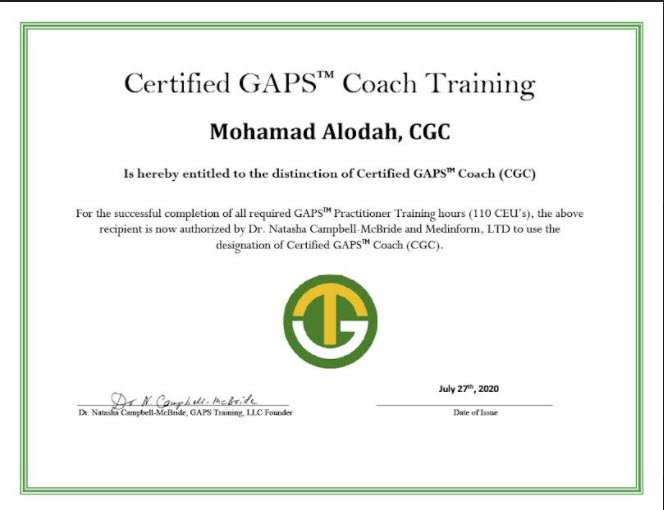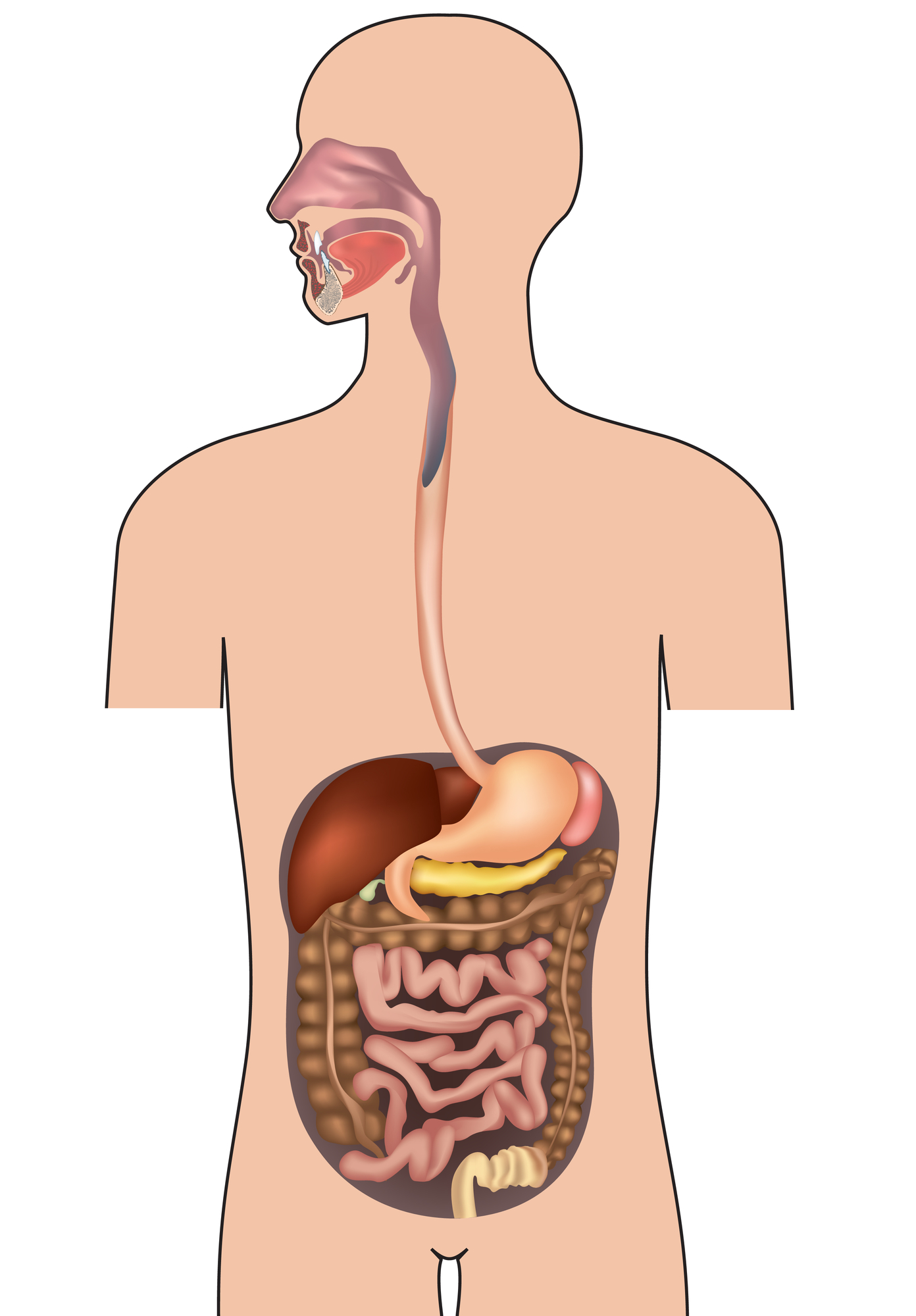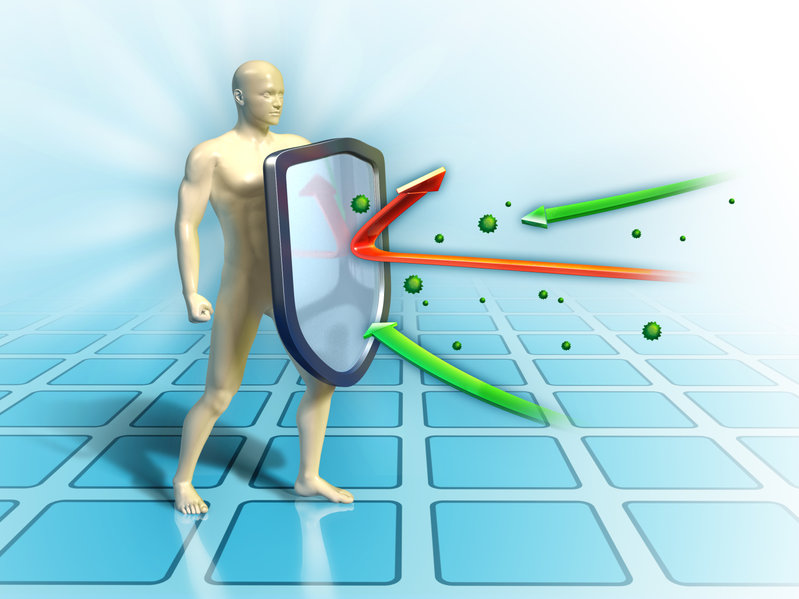For the latest updates and offers on new products & books, sign up today!
How your immune system works
How your immune system works is a tough question that needs a whole book of immunology science to answer. But I will provide the “big picture” so to speak and a more interesting and palatable type of article so hopefully you don’t fall asleep. The reason it is not easy to answer how your immune system works for several reasons but I will mention two:
1-There are many team players for the immune system to function optimally which makes it complicated.
2-Although science has advanced in many ways to study and research the immune system science understanding still in its infant stage.
However, I believe you will have a decent and clear idea of how your immune system works and a tremendous appreciation of this miracle body and all of its systems to keep us alive and healthy.
The Innate Immune System--Your First Defense
Your first shield of defense against microbial pathogens and environmental toxins are your wonderful skin and the mucous membrane. Of course, we all know what skin is but the mucous membrane is less known but to give you few real examples are the moist area inside of your mouth, esophagus, and nose. These areas have moisture in them due to the mucous substances. Therefore, the mucous membrane deters microbes and foreign substances from going in further.
Here are several mechanisms of your immune system first line of defense works:
- Beside the skin (aka epidermis) is a formidable barrier, the skin regularly sheds dead “skin cells” and many inhabitants on your skin such as microbes and foreign substances are being shed off as well.
- As the name of the mucous membrane indicates the mucous substance act as a glue to trap bacteria, viruses, and foreign substances where the body gets rid of it eventually through sneezing, coughing, and spitting phlegm as an example.
- In the case of swallowing the mucus whatever microbes will most likely die in the stomach due to the presence of gastric juices.
- Your skin has an acidic environment that ranges from 3-5 on the pH scale due to the existence of sebum (an oily substance produced by an oil-gland), and this range of acidity is very hostile to some types of pathogenic microbes.
- The salivary gland in your mouth secretes saliva that contains antimicrobial properties. The constant flow of saliva discourages any microbial concentration in a particular area of the mouth.
- The vagina secretes an acidic mucus to deter some bacterial growth.
- Tears secreted by the lacrimal gland are also part of the immune system. They flush out microbes and foreign substances, and the lysozyme enzyme that is found in tears is capable of breaking down bacterial cell walls.
- When you exert energy during physical exercise and start to sweat or perspire thus you flush out dead skin and microbes from the surface of your skin.
- The glands in your stomach secrete hydrochloric acid and enzymes that kill most but not all bacteria and their toxins.
All these factors of your immune system work together to keep your body healthy and resistant to numerous diseases that you confront daily such as colds and flues, to name a few.
The Adaptive Immune System--Your Second Defense
Despite your innate system that is the first line of immune defense is very effective in protection. Nevertheless, it is not perfect just because microbial pathogens and toxic substances will sometimes penetrate the inside of your body. And here where the adaptive immune system plays a critical role in defending you from disease-causing organisms such as bacteria, viruses, and fungi.
How Does the Adaptive Immune System Work?
One of the main differences between innate and adaptive immune functions is that innate is not specific when attacking microbial pathogens, but the adaptive system is specific regarding attacking particular bacteria or virus that causes disease.
Your adaptive system produces antibodies that will kill specific antigens such as a microbe, pollen, food, drugs, and even tissues that the adaptive system might recognize as a foreign or not part of the body.
Before I move on to the next point, I want to expand a bit more about the adaptive system attacking the body tissue because it is imperative. In immunology, there is a term called self-tolerance which means your adaptive immune system recognizes its body tissue and does not attack it but sadly this system breaks down sometimes, and it starts to attack it leading to autoimmune disease.
B Cells and T Cells
These cells are important soldiers so to speak, in the adaptive system. B cells are produced in the red bone marrow, and T cells (helper T and Cytotoxic T cells) are produced in the thymus organ. Both red bone marrow and the thymus are part of the lymphatic organs
Two Types of Adaptive Immunity
There is antibody-mediated immunity and cell-mediated immunity, and both react to the presence of antigens. So for example, once the adaptive system discovers antigens the cell-mediated immunity uses its soldiers- Cytotoxic T cells- to attack and deal with these invading antigens.
On the other hand, in antibody-mediated immunity, the B cells differentiate into plasma cells that make and secrete specific antibodies. These protein antibodies bind to the specific antigen and then inactivate it. T helper cells, however, work with both antibody-mediated immunity and cell-mediated immunity.
Cell-mediated immunity is very effective against:
1-Intracellular pathogenic microbes such as fungi, bacteria, and viruses penetrate inside the cell.
2- Cancer cells, not all but certain types of cancer cells.
3- And foreign tissue transplants, in cases like transplant surgery where you take a donor tissue and transplant it into the patient.
On the contrary, antibody-mediated immunity is effective in fighting off extracellular pathogens such as viruses, bacteria, and fungi. These microbes are present in the body fluids outside the cell.
The high effectiveness of the immune system comes from both, antibody-mediated and cell-mediated co-operating to fight off antigens from the inside and outside of the cells.
The memory of Adaptive Immunity
Another wonderful tool adaptive immunity provides is its capacity of remembering certain antigens from the past that attacked and that refers to Immunological Memory. The memory is due to long-lived lymphocytes and the long existence of antibodies. So the memory of the immune system explains how the newborn child when he/she receives a considerable amount of fluid from the mother during the vaginal path delivery thus providing a kick-start for that child’s immune system. Similarly, many adults with healthy immune function can be more resistant to diseases such as the flues and cold after several times getting the virus cold in the past.
Wrap Up
The immune system is composed of a sophisticated structure with so many different players whether white blood cells or other chemicals that work together in synchrony to keep you as healthy as possible. And I only touched the surface of the complexity of the immune system and how it works. However, I hope you are like me appreciate this outstanding defender and do encourages you to do your part to feed it the proper nutrients so it can fight off pathogens for as long as possible.
Sources
Source (1) Tortora, G. J., Derrickson, B. H. (2011) Introduction to the Human Body: The Essentials of Anatomy and Physiology. Danvers, MA Wiley Publishing.
Source (2) Sompayrac, L, M. (2012) How the Immune System Works. Hoboken, NJ Wiley-Blackwell Publishing








